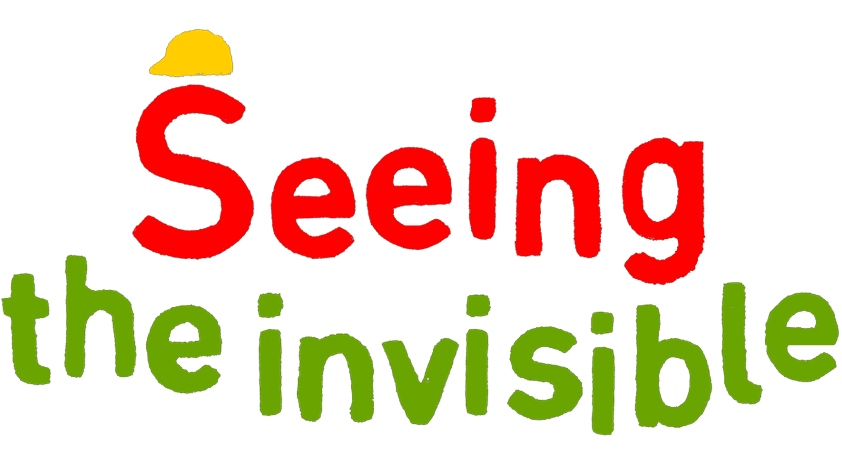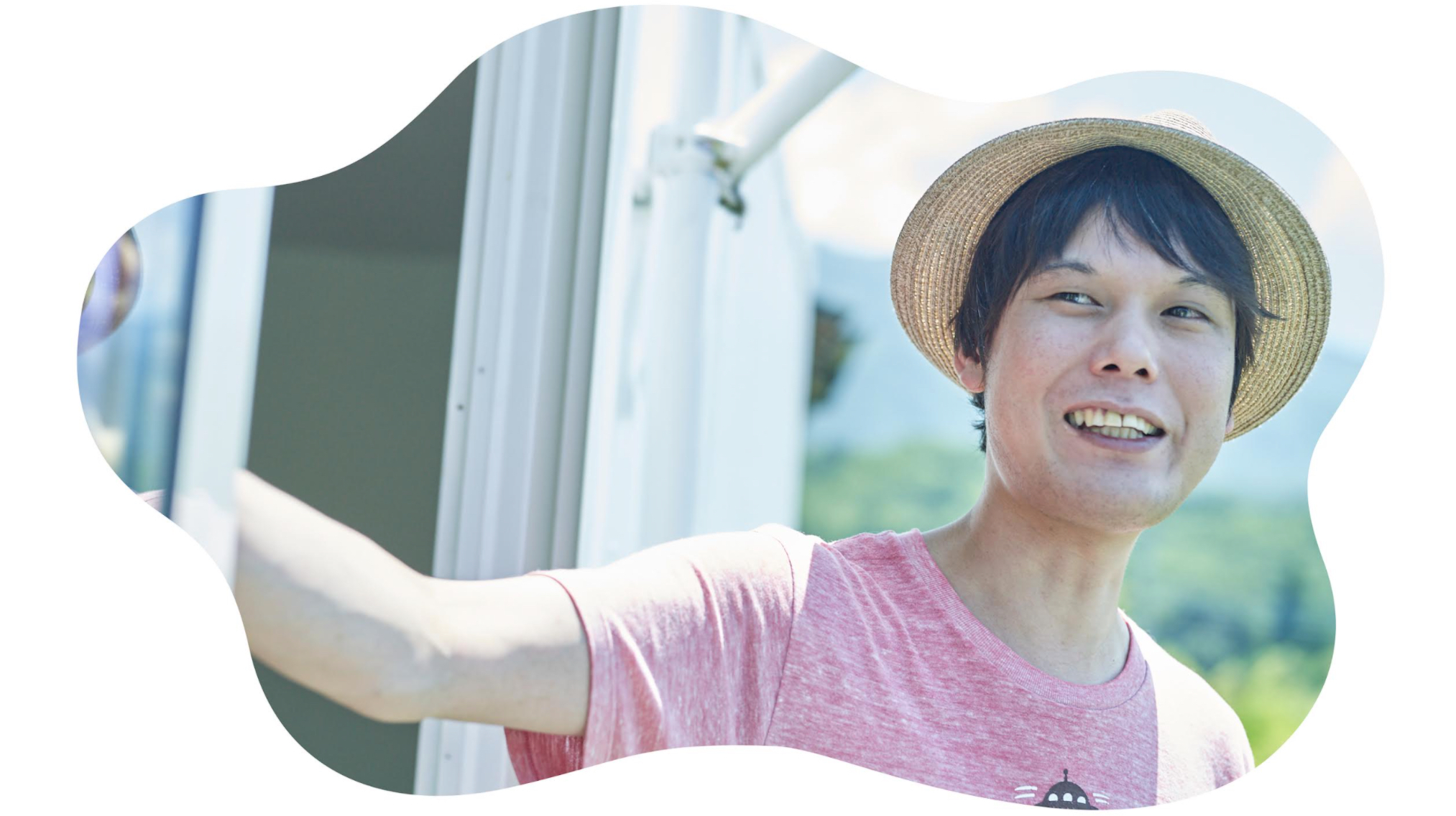

text: Hirokuni Kanki
photos: Tsunaki Kuwashima(KAIBUTSU)
ー
“Fermentation designer” is quite a unique occupation. Is there anyone else out there with the same job title?
Mr. Ogura
I started out as a graphic designer. My design activities spanned products, architecture, and video. Most of my work was to tackle design problems related to traditional industries and foods in rural Japan. I traveled frequently from Tokyo out to different parts of Japan. I put on rubber boots and ventured into forests and rice fields to work on my designs.
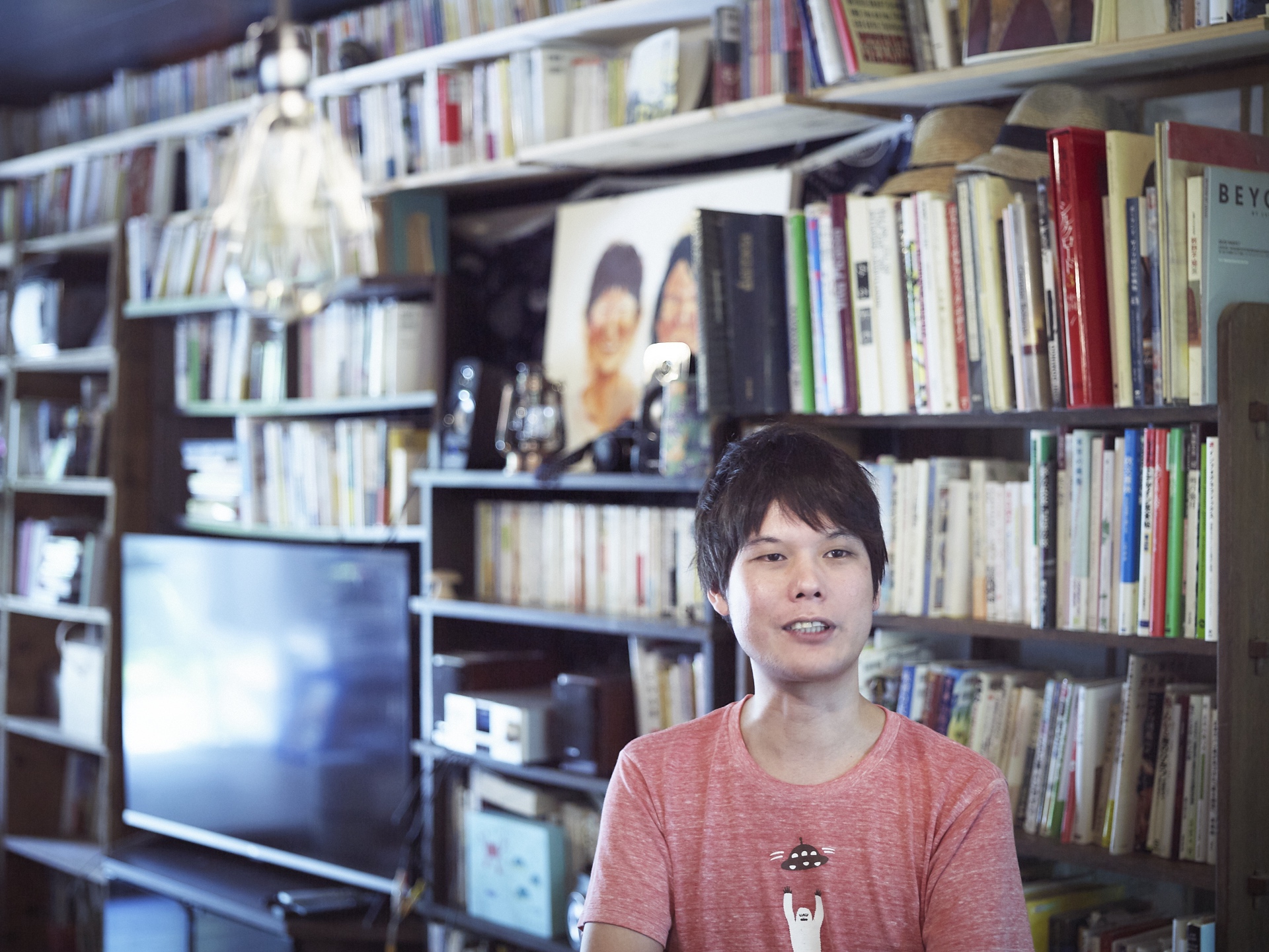
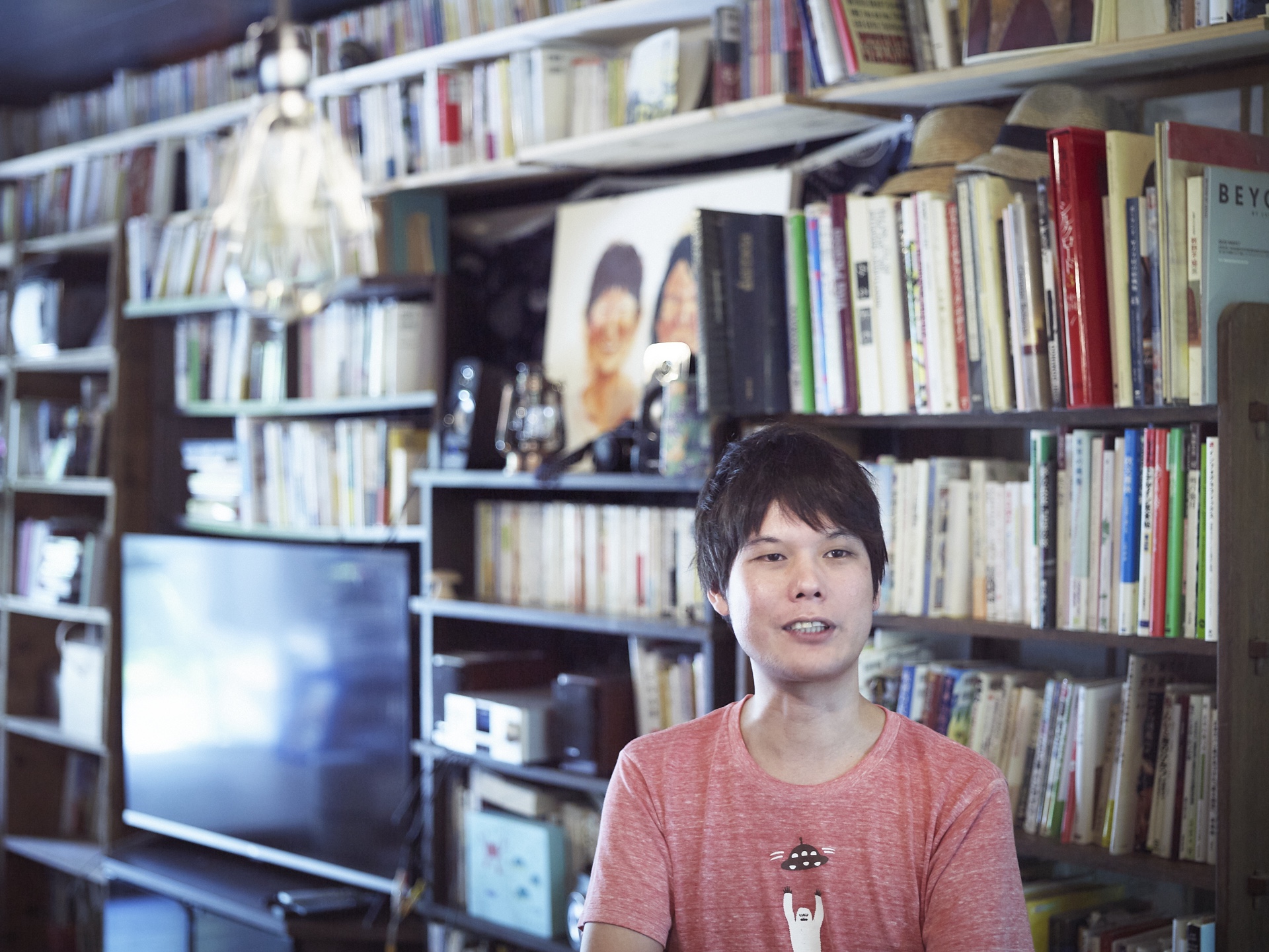
You started your career in the city, didn’t you?



Mr. Ogura
Yes, but as a rookie designer in my mid-twenties, I wrecked my health. By chance I met Dr. Takeo Koizumi, an authority on fermentation science. He basically told me, “Your body is weak, so you need to eat fermented foods, otherwise you will collapse. Drink miso soup and eat pickles and natto every day!” He was almost threatening me (laughs). Obediently, I started eating traditional Japanese foods, and sure enough, I gradually started to get stronger.
Were you surprised by how effective the diet was?



Mr. Ogura
Yes, but fermented foods are not like medicines. Symptoms don’t just disappear as soon as you start taking them. As you continue eating them regularly, your constitution changes and your basic strength increases. But I found the results very interesting. I started reading Dr. Koizumi’s books and quietly making miso late at night. I set out to learn about fermentation on my own.
I see... you came to know about the power of enzymes through your own experience. Let’s remember that the power of fermentation comes from the power of the enzymes that lie within microorganisms.



Mr. Ogura
That’s right. After I started working on my own, I worked on a design project for a miso store. When I entered their warehouse, I felt the presence of microorganisms up close for the first time. That was super fascinating to me! Over the next several years it dawned on me that I was more interested in microorganisms than design, despite the fact that I had always wanted to be a groovy Tokyo designer (laughs).
At that point, I started to do packaging and brand design work for breweries and to develop food education programs. Even with my social design work, I was thinking about fermentation as I traveled around the country. Wherever I would go, I noticed magnificent soy sauce and miso breweries located strategically in well-ventilated places or on the edges of towns.
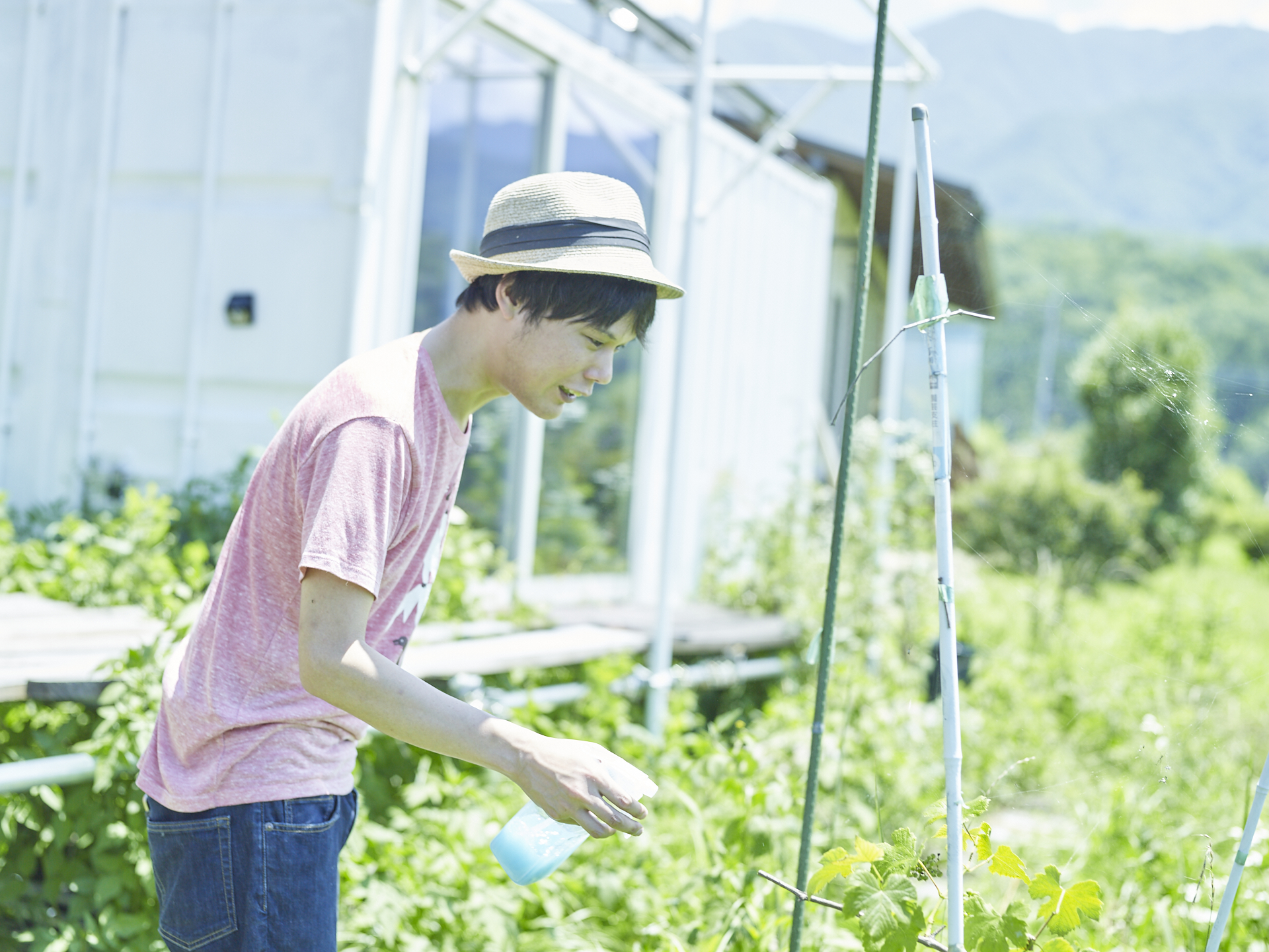

ー
You spent some time as a research student at the Tokyo University of Agriculture.
Mr. Ogura
I was also working at the same time, but I later quit my company to go back to university. By that time, Prof. Koizumi had retired, so I was studying under the next generation of professors. I spent a little over two years learning the basics of microbiology and chemistry. That's what led me to my current profession of “fermentation designer.”
Did you think about becoming a researcher at that time?



Mr. Ogura
In the fermentation world, there are a lot of work to be done at the preliminary stages of research. You have to do a lot of fieldwork such as setting clear goals and formulating systems. With the backing of my professors at the university I was gradually shifting my focus on “fermentation design” work, so I did not end up becoming a researcher.
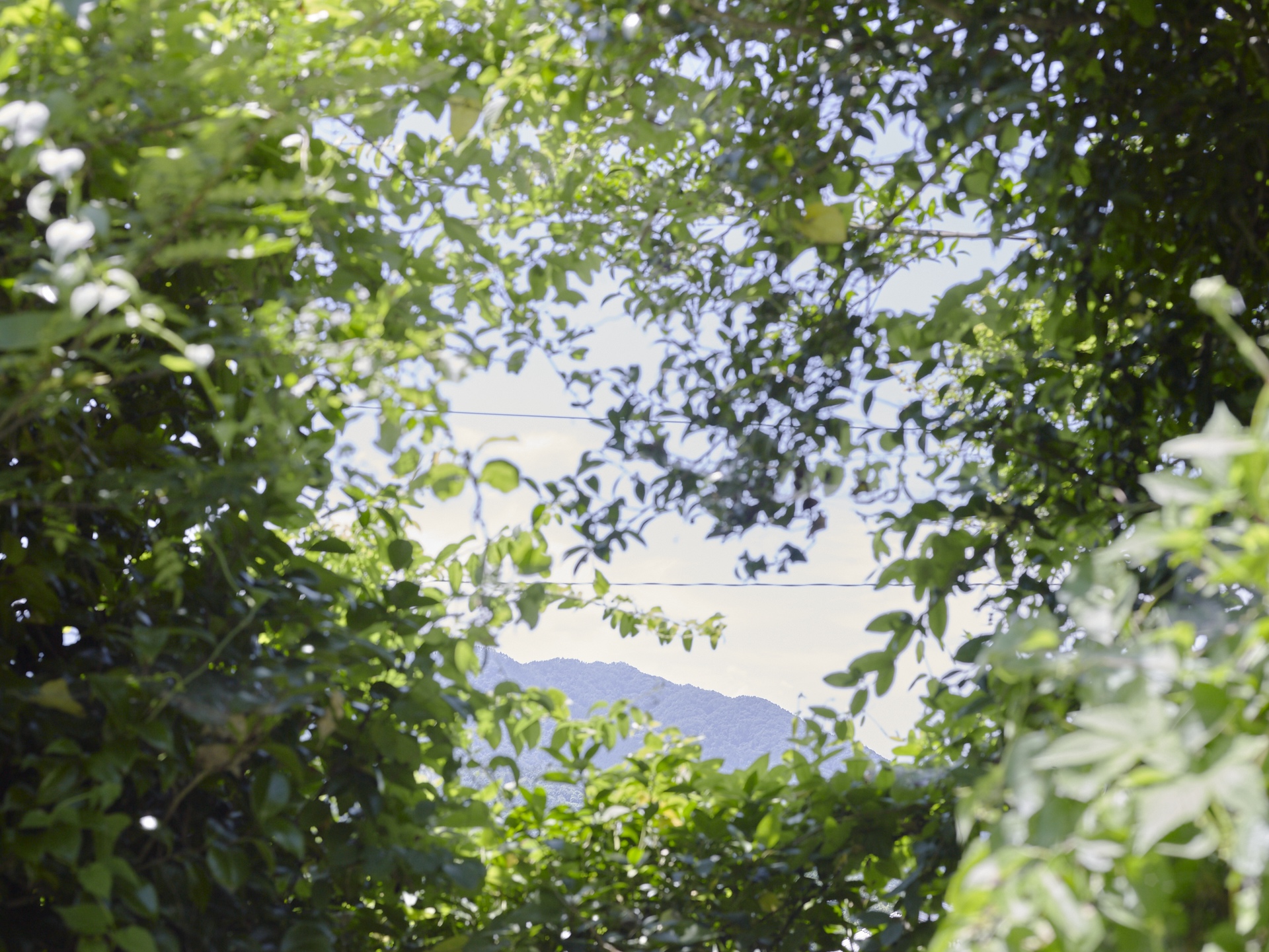

Mr. Ogura
I started doing a lot of unusual types of jobs that were sort of half freelance and half academic. Before long, I was seen less as a researcher and more as someone who wandered around the world randomly in search of strange things.
Strange things from around the world... like enzymes, for example (laughs)?



Mr. Ogura
Yes! I worked with many different researchers to investigate, collect, and analyze mysterious fermented products from all over Japan and around the world. For example, on Aogashima in the Izu Islands, I experienced the making of a unique shochu (distilled beverage) known as aochu, brewed using only wild microorganisms. I subsequently worked with a team of shochu researchers at Kagoshima University on analyzing the constituents of aochu.
I also worked in Tokushima Prefecture on analyzing the fermentation technique used in aizome indigo dyeing. The aim of this project was to make the dye-making process more open, because it has always depended heavily on the experience of specialist artisans.
Oh! Your approach is so interesting! At Amano Enzyme, the researchers start by separating out all the microorganisms they find and then using chemistry to explore them, trying to understand the function of each one. Your method is different. You analyze the microorganisms that have already proved useful to humans.



Mr. Ogura
Right! For example, there were two possible ways to analyze aochu. The main wild yeast used to make aochu is a black mold called Aspergillus luchuensis. We isolated the mold quite easily, but then we had to decide whether to analyze the action of the microorganism or to analyze the metabolites known as aroma compounds. I chose to analyze the aroma compounds for a very simple reason—they are more important to shochu drinkers (laughs).
I guess that this difference in thinking about microorganisms reflects the difference between science and art or design. We can’t say that one way is better than the other, but your approach of starting from what’s important to human life is essential, especially in the field of food research. On the other hand, science is ultimately about pursuing truth, even if it is not always useful to society.



Mr. Ogura
I have a good knowledge of the orthodox scientific method that you mentioned—of isolating and then dividing substances into small pieces to find highly reproducible laws. And I think that this approach should always be the foundation of analysis.
Another factor is that I essentially see myself as a designer. For one thing, I tend to think about things from a user perspective. I think that this approach serves as a bridge of communication between the world of microorganisms and the world of humans, which are so different.
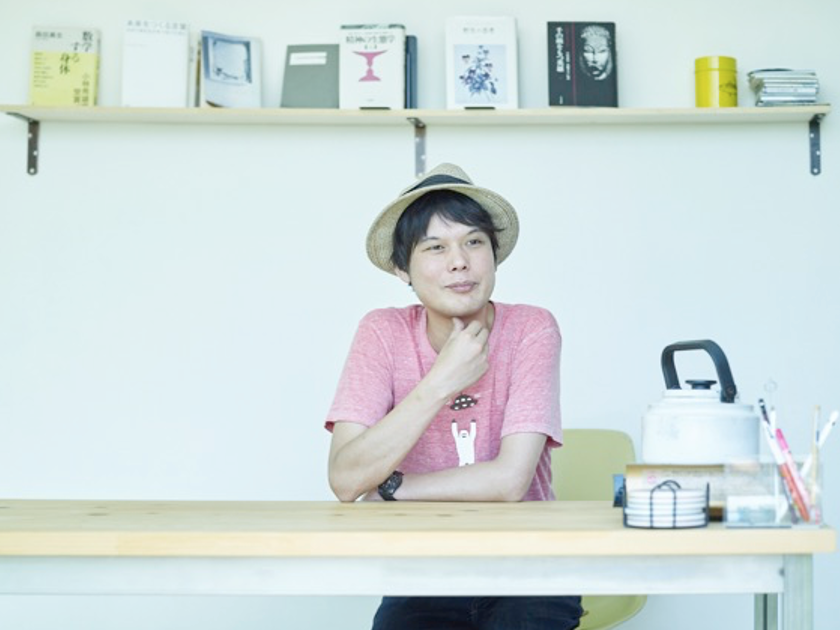

Mr. Ogura
For years I have been conducting koji-making workshops. Altogether, I have taught about 1,300 people, including many foreigners. Koji is a mold that grows on grains. It has been traditionally used in Japan for centuries. At the agricultural university, a professor asked if I could come up with a reliable method for cultivating koji that people without any training or experience could successfully use. Since that moment, I’ve been thinking constantly about molds, from morning to night.
I ended up developing a method of making koji using only materials available at 100 yen stores. This makes the experience available to everyone.
When I teach this method to others, I don’t want to just explain the chemical mechanisms of fermentation and microorganisms. I want to give people a comprehensive appreciation of the profundity of fermentation, its culture, and its usefulness in various industries. I even wrote a book for this purpose, called “Fermental Cultural Anthropology,” which, very thankfully, has become a hit.


This is a book version of a series of articles titled “Fermental Cultural Anthropology” published in Sotokoto, a monthly magazine. Along with basic knowledge about the differences between fermentation and spoiling and between fermentative bacteria and enzymes, the book steadily progresses to considerations of human society in chapters such as “The Gift Economy of Humans and Bacteria” (Chapter 4) and “The Art of Brewing” (Chapter 5).
Mr. Ogura
I work in the field of art and design, but I’ve also been a computer geek since I was a kid. So, I’ve done a lot of things with computers. This has led me to get involved in projects to develop technologies relating to microorganisms and fermentation. I’m working on a fermentation-related home appliance, for example.
Fermentation and home appliances. Wow! That sounds interesting, too!



Mr. Ogura
I’ve been collaborating with Dominique Chen (France) and Young ah Seong (Korea) on the development of NukaBot, a “ghost robot” that can communicate with humans. Nukadoko (a fermented mixture of rice bran and brine used as a traditional pickling medium) contains a variety of microorganisms. NukaBot employs digital sensors to read the reactions of the pickling medium and a tiny computer to analyze them. On the software side, we developed an algorithm that makes it easy to check whether pickles are “spoiled” or “delicious.”
If fermentation goes in a strange direction, the oxidation-reduction potential becomes negative and the pickles start to spoil. The “ghost robot” then opens its eye wide to announce, “It’s time to mix!”


A fermentation robot that enables microorganisms to talk to humans. It was exhibited at the Broken Nature exhibition at the Triennale di Milano in Italy in 2019. Developed by Dominique Chen (France), Hiraku Ogura (Japan), and Young ah Seong (Korea), and designed by Kiichi Moriya.
Mr. Ogura
Conversely, when the pH value becomes acidic and the pickles becomes fragrant, triggering the “delicious” flag, we know that the pickles are ready to eat. Like this, we created a device that enables humans and microorganisms to communicate through digital technology.
It’s so cute! Is the robot handmade?



Mr. Ogura
The three of us (researchers) went searching for cheap sensors and we combined everything ourselves, by hand. For the taste-testing, we ate a lot of nukazuke pickles (laughs), rating them with a score. Finally, we compiled our data statistically to determine the flags for our algorithm. So, you could think of NukaBot as a crossover between microbiology, computing, and design.
The device itself was important, but it was also essential to make it look like a “wooden tub ghost.” In this way, people would feel affection for it, and they want to communicate with it. I think that in some areas of science, we are now seeing a convergence between artistic perspectives—that take into account human intuition, for example—and a computational approach, such as analyzing DNA sequences.
I think it’s clear that human intuition is very important in science. Enzyme researchers don’t always produce enzymes in the same way. They tend to say things like, “The culture medium smells a bit strange today,” or “I don’t feel good about this, so I have to be careful here.” Some people say that they use their “tongue-meter” to judge if something is rotten or not, and maybe that can be accurate (laughs). But even if something is sour, there is a difference between a sourness that is unpleasant and a sourness that is pleasant.



Mr. Ogura
Well, we’re still unable to quantify “deliciousness,” so when we worked on NukaBot, we concluded that the human tongue was still the best way to judge it. But when you accumulate a massive amount of data, as we did over six months, some patterns start to appear. There is no contradiction at all between human intuitive sense experience and data science. If we can make use of both, a lot of interesting possibilities will open up. And in this area of research, I think fermentation is currently the most interesting field.
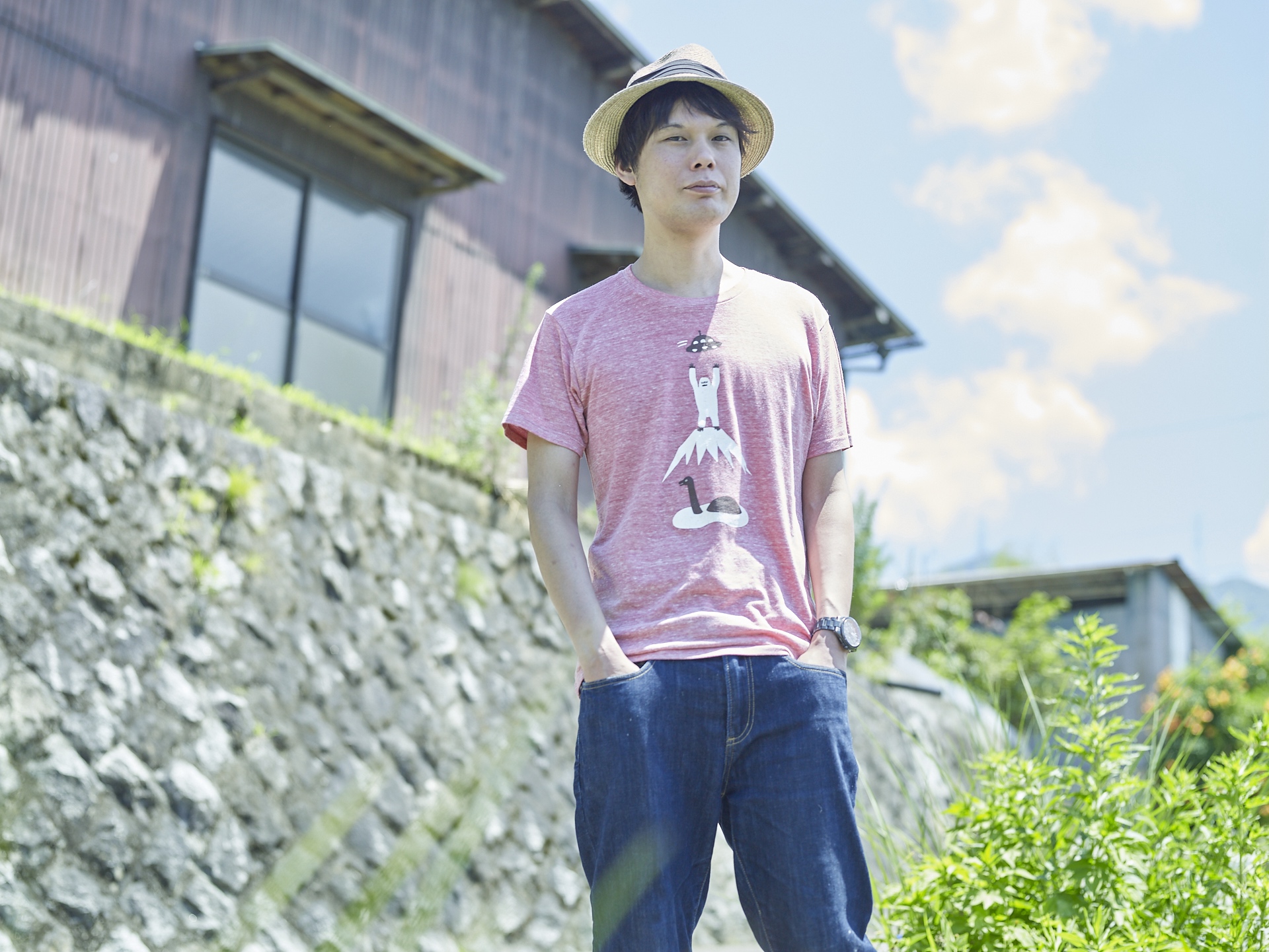

Hiraku Ogura has directly explored traditional fermentation culture all over Japan. The exhibition he held in 2019, showcasing the results of his research, was a big hit. However, through his efforts at conveying the fascination of fermentation, he has become conscious of the pitfalls of communicating complex realities in an easy-to-understand way. We also asked him about his plans for 2022.
→<Continued in Part 2>Enzymes are active in every aspect of our world, and we are seeking new possibilities for them.
In this corner, we visit people who are currently active in various fields with "Enzo" and ask them about their stories.

